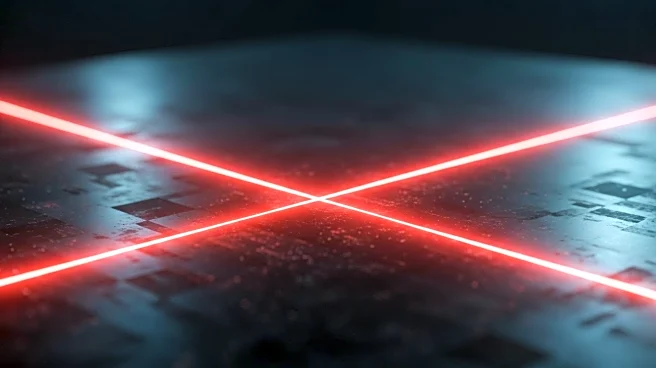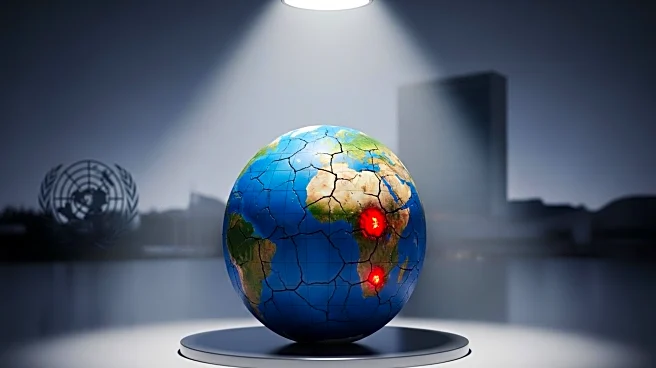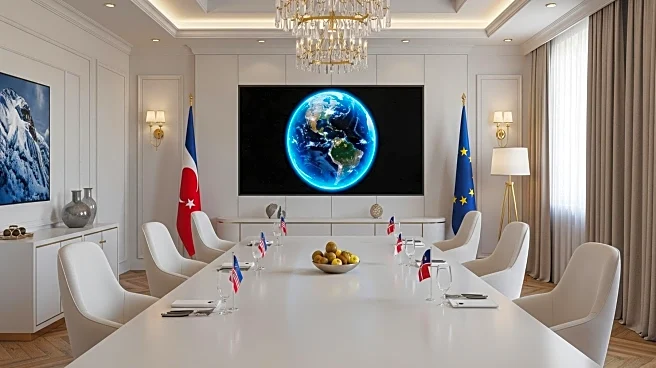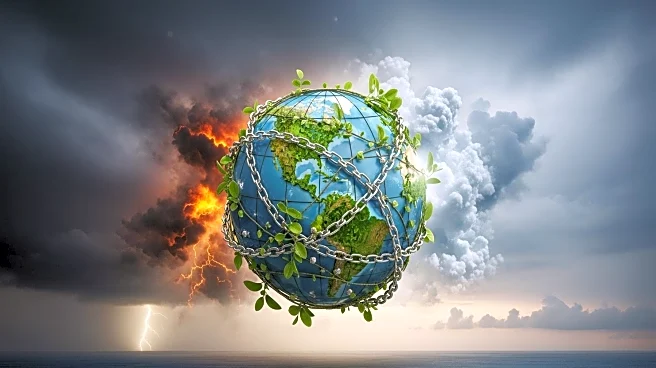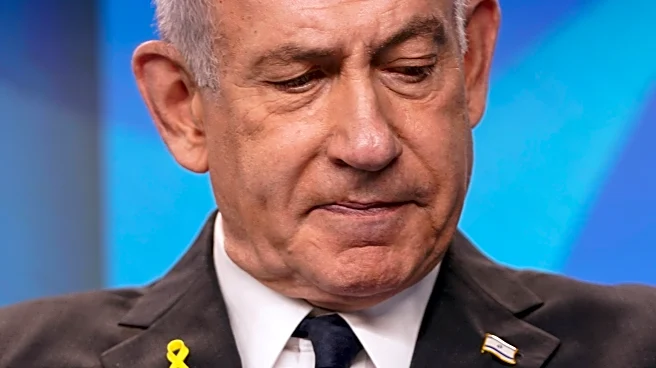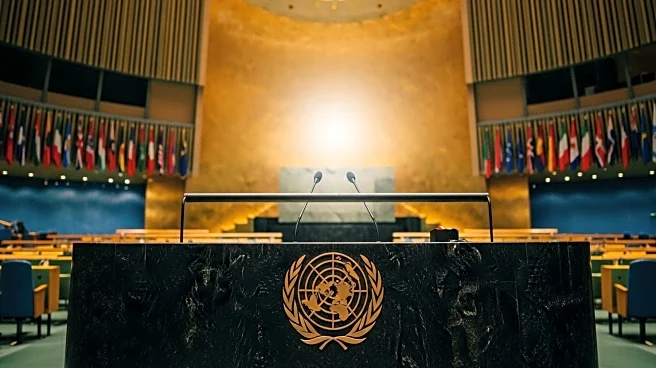What's Happening?
A group of politicians, scientists, and academics have announced the Global Call for AI Red Lines at the United Nations General Assembly. This initiative aims to establish broad guardrails to prevent universally unacceptable risks associated with artificial intelligence. The proposal has garnered over 200 signatures from industry experts, political leaders, and Nobel Prize winners, including Mary Robinson, Juan Manuel Santos, Geoffrey Hinton, and Yoshua Bengio. The call suggests that any global agreement should be based on three pillars: a clear list of prohibitions, robust verification mechanisms, and an independent body to oversee implementation. The details of these red lines are yet to be decided by governments, with examples including prohibiting AI from launching nuclear weapons or engaging in mass surveillance.
Why It's Important?
The initiative highlights the urgent need for international cooperation in regulating AI technologies, which are rapidly advancing and pose significant risks if left unchecked. Establishing global red lines could prevent misuse of AI in critical areas such as nuclear weaponry and surveillance, ensuring that AI development aligns with ethical standards and public safety. The call for action reflects growing concerns about AI's potential to disrupt industries, economies, and societies, emphasizing the importance of proactive governance to mitigate these risks.
What's Next?
Countries are encouraged to host summits and working groups to discuss and agree on the specifics of the AI red lines. The United States has already committed to not allowing AI to control nuclear weapons, but there are challenges in aligning various national interests and policies. The goal is to have these red lines established by the end of 2026, with ongoing discussions expected to address competing motives and ensure comprehensive agreements.

